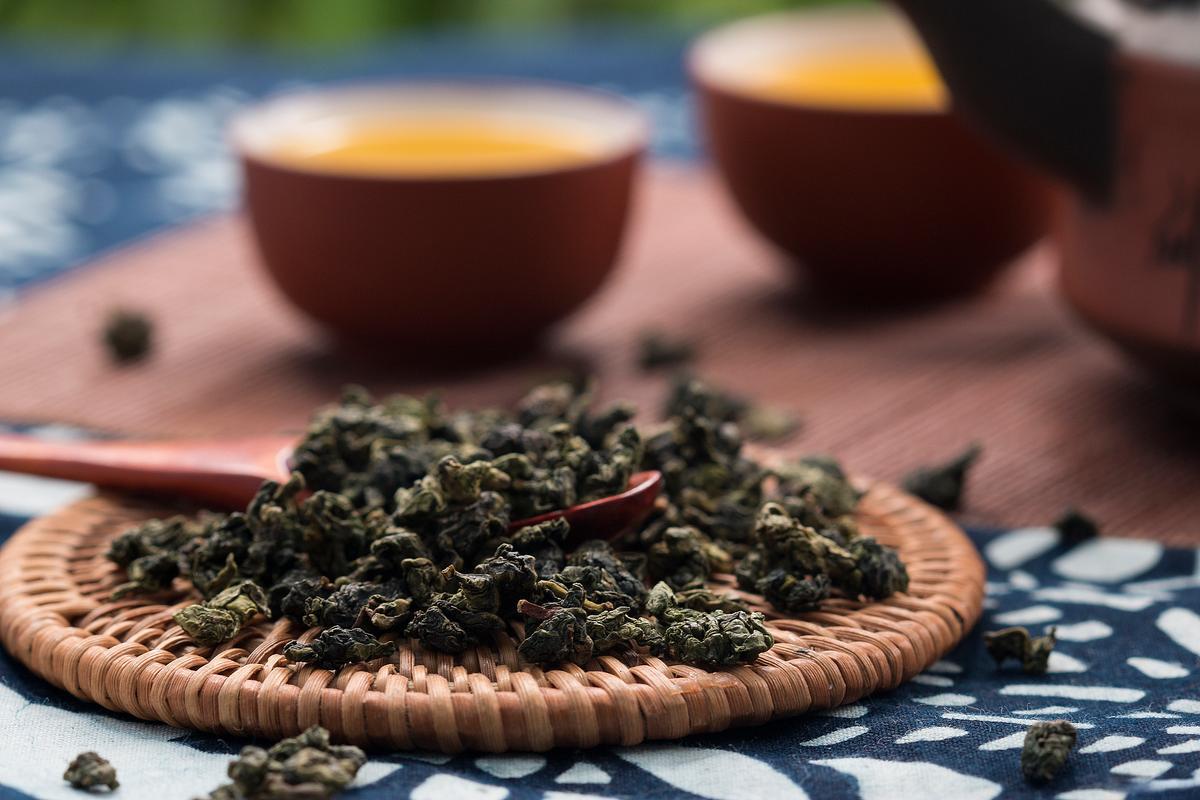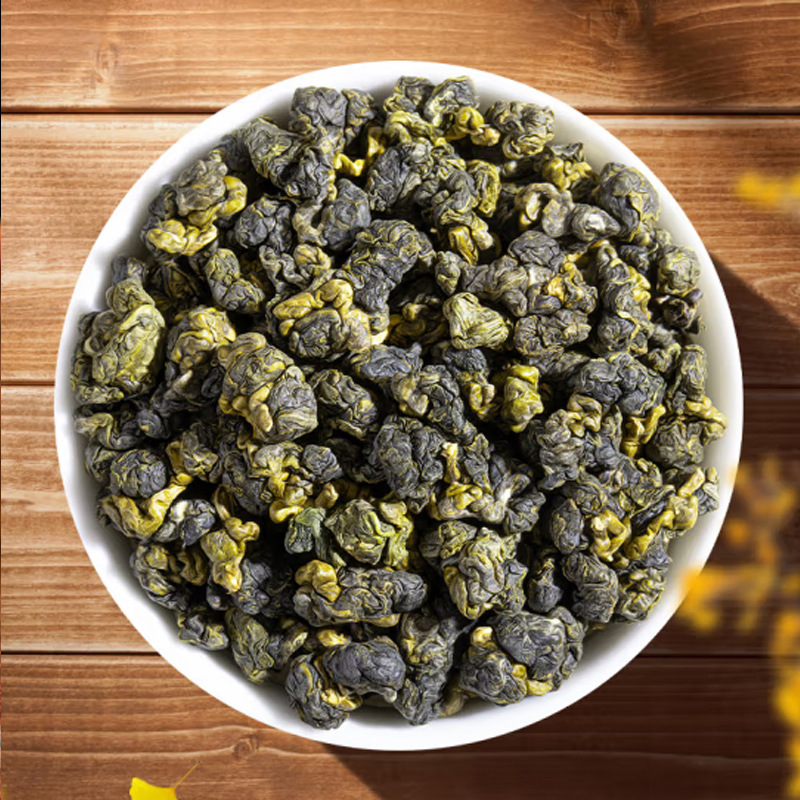Oolong tea, a traditional Chinese tea renowned for its complex flavor and health benefits, has a rich history and a unique production process. Over the centuries, the craft of oolong tea making has evolved, giving rise to both traditional methods and modern technological approaches. Each method has its distinct characteristics, influencing the tea’s quality, taste, and market appeal.

Traditional Oolong Tea Processing: A Labor of Love and Skill
Traditional oolong tea processing is a meticulous, labor-intensive process that relies heavily on human skill and experience. It begins with the careful picking of tender leaves and buds, which are then subjected to a series of steps designed to transform them into the exquisite beverage we know as oolong tea.
The first step is picking. Traditional oolong tea is typically picked in early spring or autumn, when the leaves and buds are at their most tender. The picking process is selective, with only the finest leaves and buds being chosen. This ensures that the tea has a high concentration of beneficial compounds and a delicate flavor.
Next comes withering. This step involves spreading the picked leaves and buds on bamboo trays and leaving them to wither under natural sunlight or in a well-ventilated room. During withering, the leaves lose moisture and become soft, preparing them for the next step.
The most crucial step in oolong tea processing is doing qing (摇青). This step involves repeatedly shaking and tumbling the leaves in bamboo trays to initiate fermentation. The leaves are then left to rest, allowing the fermentation process to continue. This step is repeated several times, with each cycle of shaking and resting contributing to the tea’s unique flavor and aroma.
After doing qing, the leaves are fried (炒青) in a hot wok to stop the fermentation process and remove any remaining moisture. This step also enhances the tea’s aroma and flavor.
The leaves are then rolled (揉捻) to shape them into their characteristic curly form and to further enhance their flavor. Finally, the tea is roasted (烘焙) over charcoal or in an oven to remove any remaining moisture and to develop its final aroma and flavor.
Traditional processing methods prioritize the tea’s natural characteristics, resulting in a product that is rich in flavor, aroma, and antioxidants. However, this method is time-consuming and requires significant human effort, making it less efficient for large-scale production.
Modern Oolong Tea Processing: Efficiency and Precision
In contrast to traditional methods, modern oolong tea processing leverages advanced technology to enhance efficiency and precision. Mechanization plays a key role, from harvesting to packaging. Tea plucking machines can quickly harvest large quantities of leaves, though some argue that this may compromise the selectivity of hand-picking.
Modern processing techniques also employ sophisticated equipment for withering, doing qing, frying, rolling, and roasting. These machines can precisely control temperature, humidity, and processing times, ensuring uniform quality across batches. Some facilities even use freeze-drying or vacuum packaging to preserve the tea’s freshness and extend its shelf life.
Furthermore, modern technology has enabled the development of oolong tea extracts and powdered oolong tea, which are used in a variety of products, from beverages to cosmetics. These innovations have broadened the market for oolong tea, making it accessible to a wider audience.
The Debate: Tradition vs. Modernity
The debate between traditional and modern oolong tea processing often centers on quality versus efficiency. Purists argue that traditional methods produce a superior product, with a more complex flavor profile and higher concentrations of beneficial compounds. They believe that the human touch and attention to detail in traditional processing cannot be replicated by machines.
On the other hand, proponents of modern techniques highlight their efficiency, consistency, and scalability. Modern processing allows for larger production volumes, making oolong tea more affordable and accessible. It also enables the creation of new products and formats, catering to changing consumer preferences.
Conclusion: A Balanced Approach
In reality, the best approach may lie somewhere in between. Many tea producers today are finding ways to blend traditional craftsmanship with modern technology. For instance, they may use machines for initial processing steps to ensure efficiency, while retaining manual sorting and finishing touches to preserve the tea’s unique character.
Ultimately, whether one prefers the nuanced flavors of traditionally processed oolong tea or the convenience and consistency of modern techniques, the love for this unique beverage continues to thrive. As technology advances and consumer preferences evolve, the world of oolong tea is sure to see even more exciting innovations, ensuring that this ancient drink remains relevant and cherished for generations to come.



